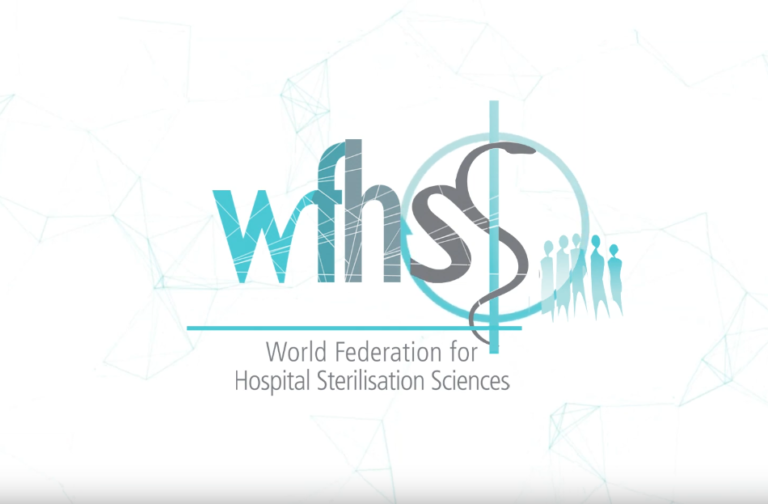Control and assembly of reusable medial devices (RMD) takes place after cleaning and disinfection. Controls and assembled RMD’s are intended for use or sterilization.
Control (i.e., visual checks, technical functional tests, or both) are done before and after assembly of multi-component RMD’s or RMD compositions (for example surgical sets).
A control and assembly workstation is adapted to needs (e.g., surface and light).
![]() Specific attention is paid to RMD’s returning from maintenance and repair.
Specific attention is paid to RMD’s returning from maintenance and repair.
Controls and assembly of multi-components RMD’s, RMD composition consider an RMD manufacturer instruction for use (IFU)
Assembly of surgical sets are prepared in partnership with medical or surgical users. Agreed instructions specify:
- The items belonging to the set and quantity of each item
- The type of tray (mesh, perforated, thermoformed) and size (large enough to permit equal distribution of weight and metal mass)
- As needed, the arrangement and protection accessories to be used (e.g., protection of sharp and fragile items, wedges to avoid shift or shocks during transport, tray liners, etc.)
- As needed, the position of an RMD, as required for safe extraction at point of use
General rules apply:
- Heavy instruments are placed in such a way that they will not damage more delicate items.
- Items with concave surfaces broad, flat surfaces, or both, which may retain water are placed on edge.
- For RMD’s with lumen, lumen ports are open.
- Ratcheted instruments are unlatched. A description of the accessories needed to hold the instruments in the unlatched position is included.
Instrument identifiers and visuals assist to simplify the assembly of complex sets.
It is verified that:
- Certificate of Compatibility of an RMD, and arrangement and protection accessories with the intended sterilization cycle are available.
- Sterilizing agent has free access to all RMD surfaces. Tip protectors, if used, are permeable to the sterilizing agent, fit loosely, and are used according to the manufacturer’s written IFU. Only approved accessories are used.
- The weight does not exceed applicable occupational health and safety limits (maximum weight of an item, including packaging varies between 10 kg and 11 kg (25 lb) according to each country’s guidelines)
For basin sets, all basins are in the same direction and processed with lint-free, absorbent material between nested basins.
For textile, the product manufacturer is consulted for recommendations on the pack size, dimensions, and density that have been validated for the intended steam sterilization cycles. A pack is prepared with freshly laundered textiles.
Written control standard operating procedures (SOP’s) are prepared in accordance with quality management principles.
Process validation of control and assembly manages that:
- SOP’s are up-to-date, follow RMD manufacturers IFU’s, and are in-line with medical or surgical users expectations.
- Training is executed and training certificates are available.
- Occupational health and safety measures are in place.
- Traceability is operational and effective.

WFHSS recommendations for control and assembly
- Control and assembly Standard operating procedures (SOP’s) follow RMD manufacturer IFU’s and are in-line with end users expectations.
- Compatibility of RMD and protection accessories is verified.
- Control and Assembly process is implemented according to quality management principles and undergoes process validation .

Used on patient or withdrawn from packaging
Go to ![]() Control & Assembly – Principles →
Control & Assembly – Principles →
RMD or multi-component RMD or surgical set
Go to Control and Assembly – Principles →
2 of 5 RMD ready for next stepNext step: use or sterilization
Go to Control and Assembly – Principles →
3 of 5SOP prpeared in partnership with user
Go to ![]() WFHSS recommendation for Control and Assembly →
WFHSS recommendation for Control and Assembly →
User feedback
Go to Control and Assembly and quality →
5 of 5- ISO 17664-1: Processing of health care products — Information to be provided by the medical device manufacturer for the processing of medical devices (2017)













